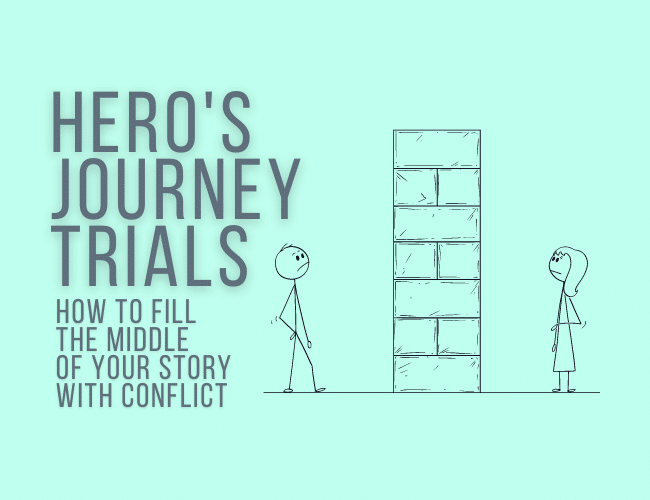
by David Safford |
The time has come to pen the ending of your Hero’s Journey. The dust may have settled by this moment in your book—but that doesn’t make it any less important. This is the moment in a hero’s journey called the Return with the Elixir.
But you might be thinking, “I hate endings!” For some writers, this is a painful truth of storytelling. Finding the right ending—or rather, any suitable ending—can feel impossible.
Thankfully, the Hero’s Journey, as researched by Joseph Campbell, provides a clear roadmap for concluding your epic journey, saving you much of the headache that often comes with crafting the perfect denouement.
Here’s how you write it.

by David Safford |
Ultimately, heroes confront death. They rise against the most powerful villains and the worst sources of evil imaginable.
And on their journeys, they often suffer the consequences of tangling with these bad guys.
But not all heroic journeys require villains on the scale of Sauron and Voldemort and Emperor Palpatine. Some villains are local bullies, arrogant coworkers, and voices of doubt in our heads. And even these villains require heroic efforts to overcome.
It’s time to tackle a difficult yet important step in your heroic story: the Resurrection.
If you get this step right, you’ll have a story on your hands that readers won’t be able to get enough of.
Let’s dive in!

by David Safford |
Have you ever heard of a fake-out ending? Maybe you’ve come across it when discussing how to tie up your story after the climax, or you’ve seen it as part of the road back moment in the Hero’s Journey.
Every story has that moment when everything seems okay. The dust has settled. The hero has their object of desire in hand. And for a moment, there’s peace.
But then all hell breaks loose.
This is the fake-out ending: that classic neck-breaking part of the story that thrills readers and audience members practically every time—grabbing them at the exact moment they thought everything was okay.
Here’s how you can write the fake-out ending during your protagonist’s road back, Hero’s Journey-style.

by David Safford |
Writing your story’s climax isn’t easy. And even when you outline it properly, including a great villain and a high-stakes task, putting it all into words can be quite a challenge. Perhaps the most challenging part of it, though, isn’t getting the words down. It’s getting the right words down.

by David Safford |
If you’ve ever written a book, you know that writing the middle of your story is tough. There’s a reason the saying “muddle through the middle” is common language in a writer’s conversation. Your protagonist must face Hero’s Journey Trials and make Allies and Enemies in these moments. How can you do this?
By studying The Hero’s Journey, an age-old story structure theorized by Joseph Campbell. When you master the Hero’s Journey’s twelve steps, constructing the middle of your story—by focusing on tests and Trials—gets easier.
In this article, you’ll learn writing strategies to help you raise the stakes and successfully develop one of twelve important steps in the Hero’s Journey—and the longest one at that.
Here’s what to do.

by David Safford |
In order for your hero to embark on an epic journey, they must first cross a threshold and leave their ordinary world. In fact, the fifth stage of the Hero’s Journey is Crossing the Threshold. Here’s how to master this pivotal scene.





